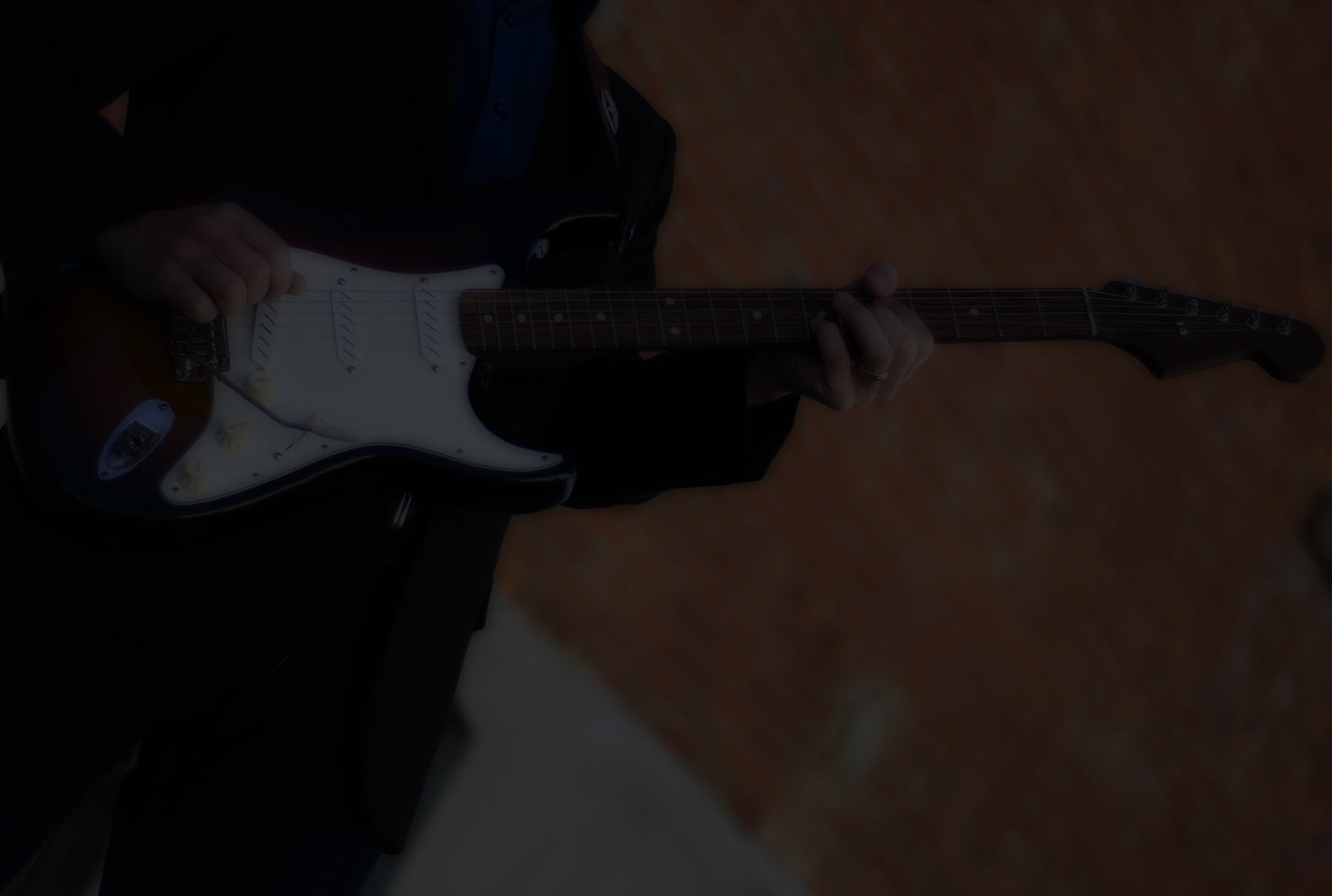The notes of this scale are E F# G# A B C# D#. Same is A Lydian.
Now here is what I'm telling you. Forget about that stuff. I NEVER, EVER think about what major scale the mode is from. It's not important! I actually had to think hard about it to figure out it was E major.
The way to think about it is the INTERVALS. As I said in my lesson, there is only one note that changes, compared to A major. The 4th note is raised, and that creates a whole new situation. I also learn all the triads in a mode.
... For example, if the band is playing A Major, I can play either A Major or A Lydian, because both are major scales, and there isn't anything in the chord that conflicts. All I have to do is play a raised 4th instead of the usual 4th (D# instead of D).
I understand the lack of viewing a mode as derived from the Major Scale, and focusing on the mode intervals, literally, at hand. And with regard to your quote, there is no conflict other than some tension since the mode is derived from the key scale of the tune, correct?
Yes that is correct. The only thing that could affect the mode you use over a chord is if the chord has any extensions or color that would conflict, such as sus4, in which case the natural 4th would tell you to not use Lydian. Same with a vamp going from A to D back and forth. The D would screw it up. Any D in a chord will let you know to not use A Lydian.
GOT IT, sheesh, now I have to sit down and apply, rinse and repeat, a lot!
So are there some famous examples out there where we could hear this theory applied? 😉
Simpsons!
See




